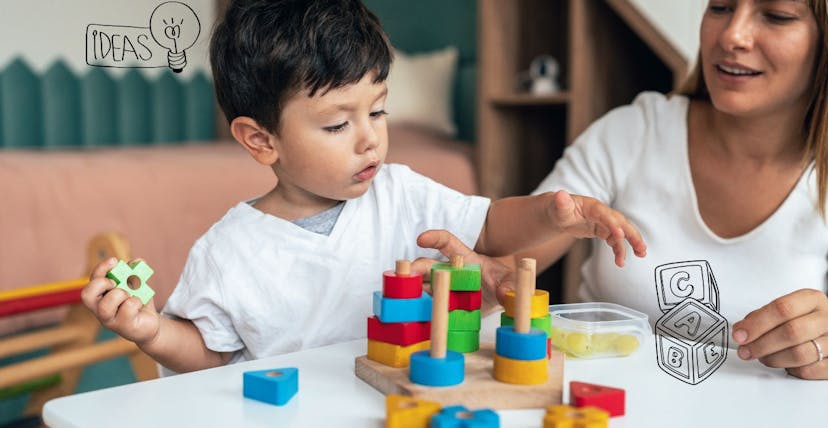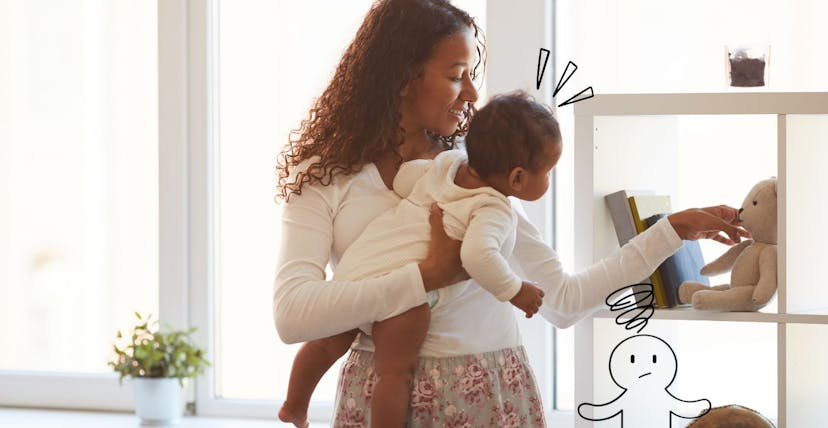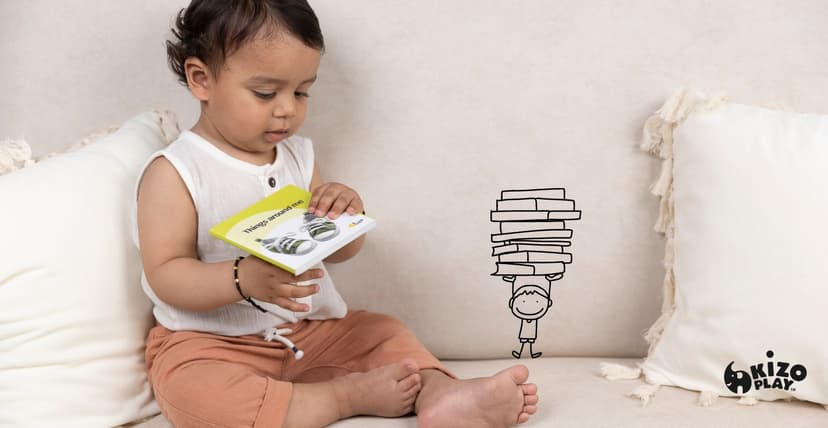11-12 months
What does 'following my child's lead' even mean?

“Follow the child” is a popular summary of the Montessori method. However, this phrase is not quite informative enough to tell us what it means, what do I need to do and how? What should we do? How should we “follow our child's lead? Students in a Montessori school choose their own activities and return materials to the open shelves when they are finished with them. Teachers walk around the classroom, demonstrating how to use new materials, answering questions, and offering new difficulties to overcome, to support the students. A Montessori classroom is unique because the teachers are not directing the activities. Rather, they are observing the children and providing support when necessary.
But what can parents do at home to follow the same? Dr. Maria Montessori said, "It is important to allow a child to develop at his own pace, rather than forcing him to conform to our standards." So what this basically means, rather than bombarding children with the alphabets, numbers or any educational videos, we should watch what they do and empower them to do more of it. Children have an inner drive to learn, we need to listen to that. For example, you would see that you are just playing with different shapes and are all of a sudden attracted to a circle. Maybe, in this situation our job is to observe that and start facilitating his choice. We start introducing him to the shapes which he is so interested in. In a similar way, your child must be just staring at story books, flipping pages or playing with blocks. Our job is to observe that and prepare his environment. When we follow the lead, you will be surprised that the concepts they learn in this way are much more solid than forcing them to memorise things they are not keen on.
How to Montessori-ize Your Child’s Learning Experience in two easy steps:
-
Communication Our children learn about society through conversation at every age. Through communication, even a newborn is absorbing information! It's just as crucial to follow your child's lead when it comes to physical movement as it is to give them time to respond when communicating with them. Usually it's our adult brain seeking to be efficient that we speak so many words.
- Whenever they try to communicate even if its babble, get down on to their level and make an eye contact
- Acknowledge them by responding back, initiate conversation
- Use simple and few words which your baby can try to understand.
- Lower your pace of speaking by taking pauses, chance for the baby to grasp these words
-
Movement According to a Montessori teacher, “behaviour is communication.” Your challenge is to express it. For example, climbing up onto a counter might mean, “Please give me a stool. I want to see what’s up here.”
- Allow time for wandering. On a walk, let your child set the pace. Don't push them and hurry on. Let them explore in their own way under your supervision.
- If they are repeating an action like emptying drawers or baskets, maybe you can start introducing them based on scooping, emptying and refilling.
- Take it slow! Most of us are tempted to interrupt our little ones by showing them something “even more fun.” Let them follow their process by waiting and observing them.
Written by: kizoplay


